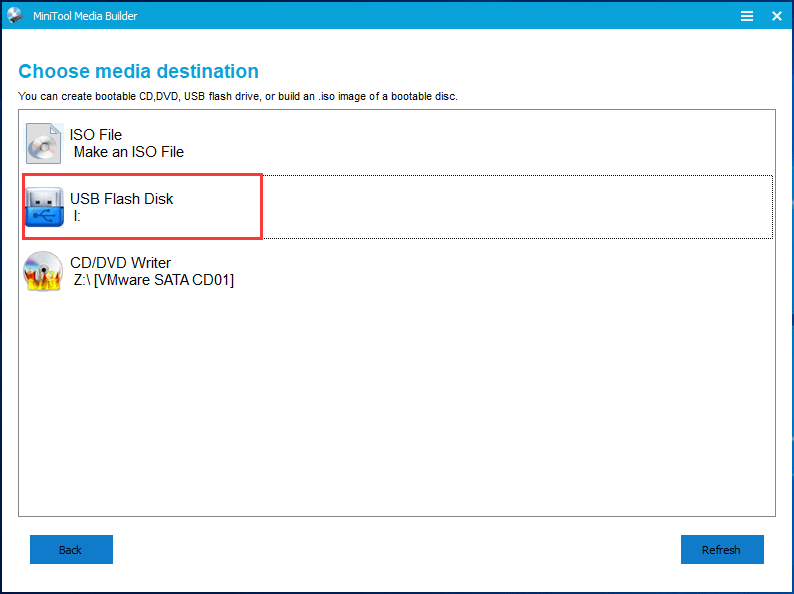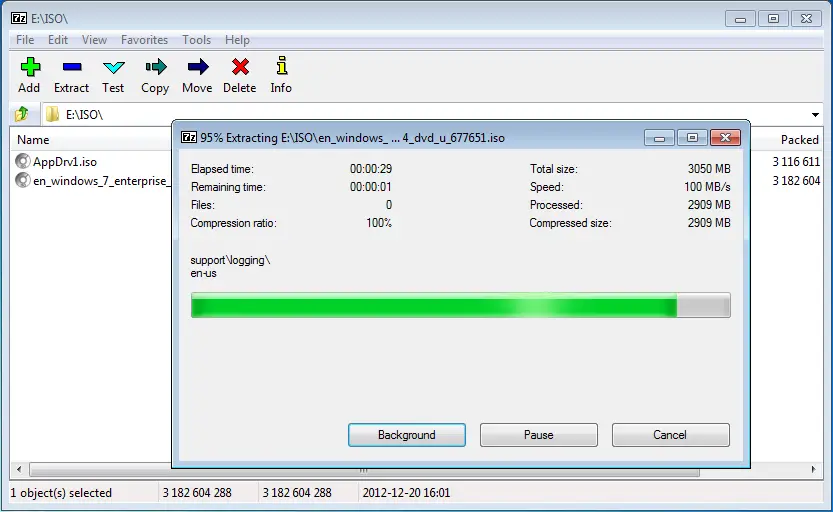
How to Boot Your Computer From a Bootable Windows 10 USB Drive Your Windows 10 bootable USB drive is now ready.
Select Close in the secure boot prompt.  Select Start the bottom of Rufus to begin creating your bootable USB drive.
Select Start the bottom of Rufus to begin creating your bootable USB drive.  Activate the Create extended label and icon files option. For example, Win10USBDrive is a pretty descriptive name. In the Volume label field, enter a descriptive name for your bootable drive. Select UEFI (non CSM) from the Target system menu. Select GPT from the Partition scheme menu. Make sure Standard Windows installation is selected in the Image option dropdown menu. Choose Select next to this option, navigate to where you’ve saved Windows 10’s ISO file, and select the file to add it to Rufus. From the Boot selection menu, select Disk or ISO image (Please select). Select your USB drive from the Device dropdown menu at the top. The text is checked and verified by Mia Lipman Jan 12, 2015. How to upgrade my virtual machine to Windows 10. Installing Windows on your Mac using Parallels Desktop. How do I connect an CD/DVD ISO Image to a virtual machine?. See the following articles for more details: You may now use the image for creating/upgrading a virtual machine. To solve this issue, contact your local Apple Retail Store or Apple Authorized Service Provider. NOTE: If any I/O errors occur during image creation, this may indicate a problem with your disc or that your CD/DVD-ROM drive is not functioning properly.
Activate the Create extended label and icon files option. For example, Win10USBDrive is a pretty descriptive name. In the Volume label field, enter a descriptive name for your bootable drive. Select UEFI (non CSM) from the Target system menu. Select GPT from the Partition scheme menu. Make sure Standard Windows installation is selected in the Image option dropdown menu. Choose Select next to this option, navigate to where you’ve saved Windows 10’s ISO file, and select the file to add it to Rufus. From the Boot selection menu, select Disk or ISO image (Please select). Select your USB drive from the Device dropdown menu at the top. The text is checked and verified by Mia Lipman Jan 12, 2015. How to upgrade my virtual machine to Windows 10. Installing Windows on your Mac using Parallels Desktop. How do I connect an CD/DVD ISO Image to a virtual machine?. See the following articles for more details: You may now use the image for creating/upgrading a virtual machine. To solve this issue, contact your local Apple Retail Store or Apple Authorized Service Provider. NOTE: If any I/O errors occur during image creation, this may indicate a problem with your disc or that your CD/DVD-ROM drive is not functioning properly. 
Specify a name and location for the image (or leave the default settings) and click Save. Click File > New Image > Image from "Win10" (where Win10 is the source name) Select the source from the Disk Utility device list. But please note that upgrade installation media can only be used to upgrade an existing virtual machine (e.g., Windows 7 to Windows 10) - it cannot be used to create a new VM.

NOTE: You may use any kind of genuine Windows installation media, full version or upgrade. Open Disk Utility on your Mac (via Launchpad, Spotlight or Finder).
Depending on the source type, insert a CD/DVD disc into the CD/DVD-ROM drive or plug-in a USB stick. These instructions apply to both Windows installation media and 3rd-party software disks. I have a disk with software I want to install to Windows virtual machine, but my Mac does not have CD/DVD drive. I have a bootable USB stick (CD/DVD disc) and I want to create an installation image (*.dmg) out of it.








 0 kommentar(er)
0 kommentar(er)
